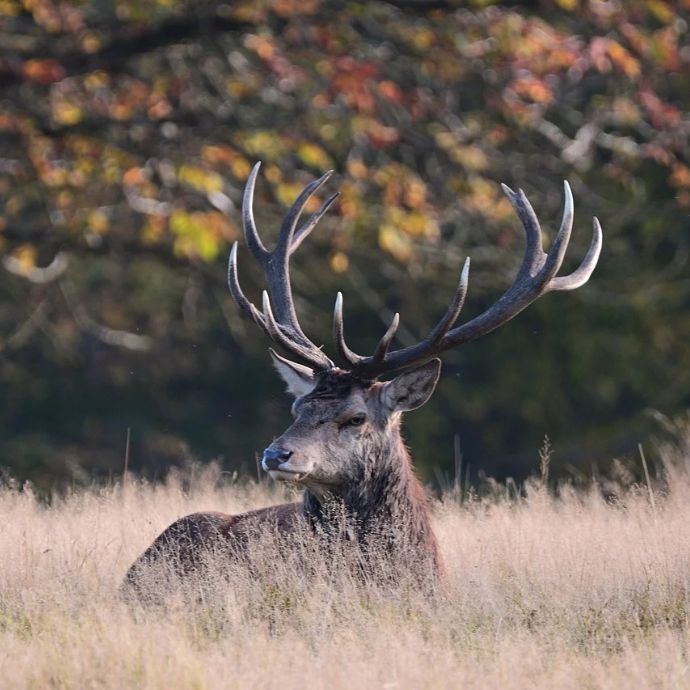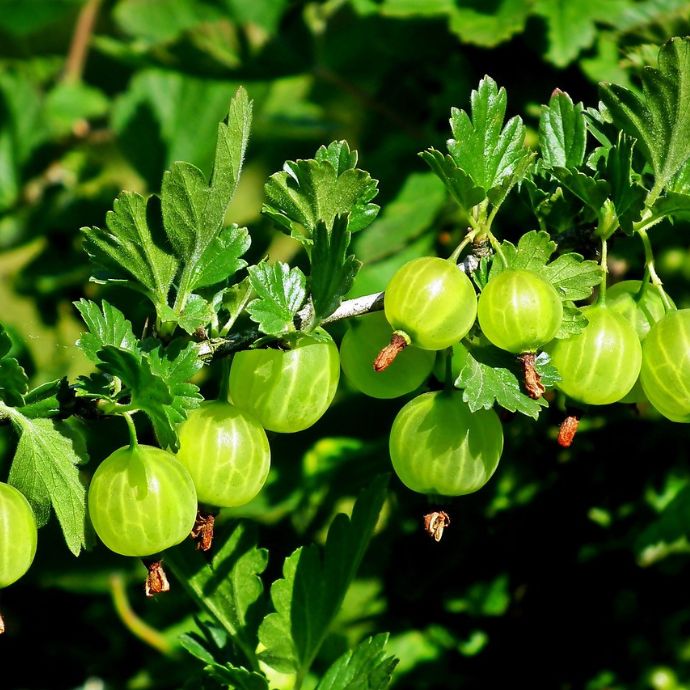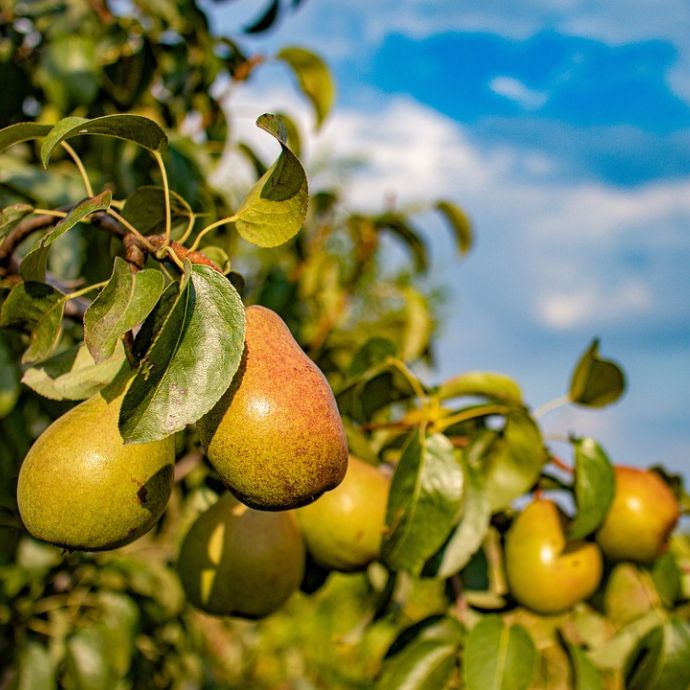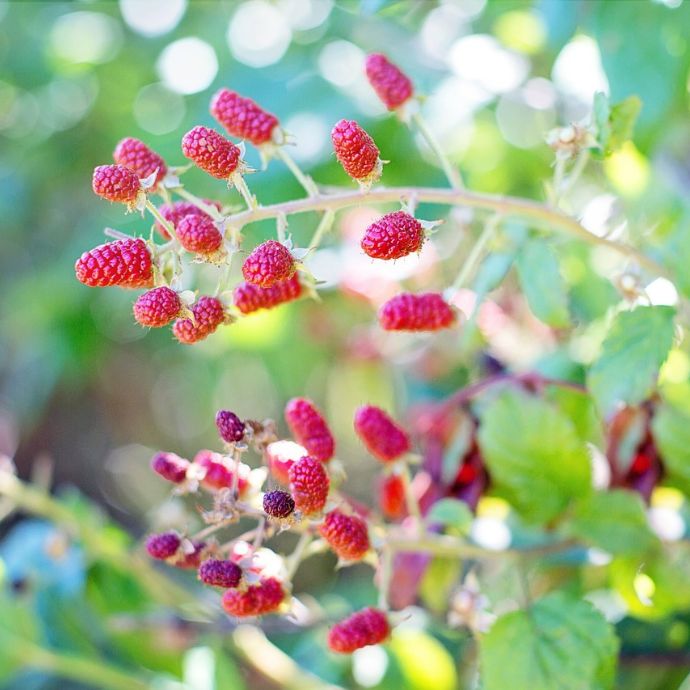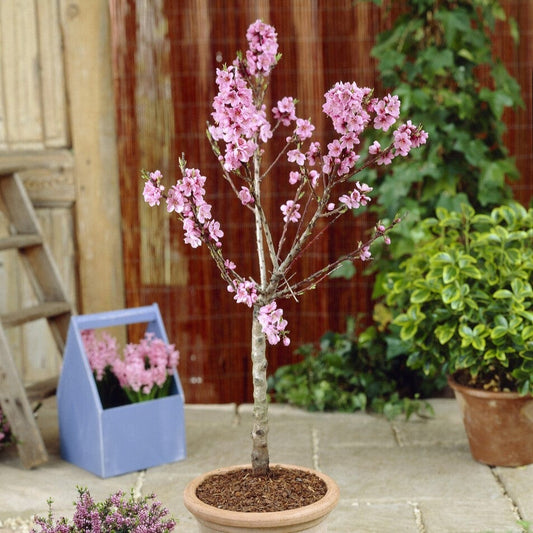Choosing the Right Peach Tree for Your Garden
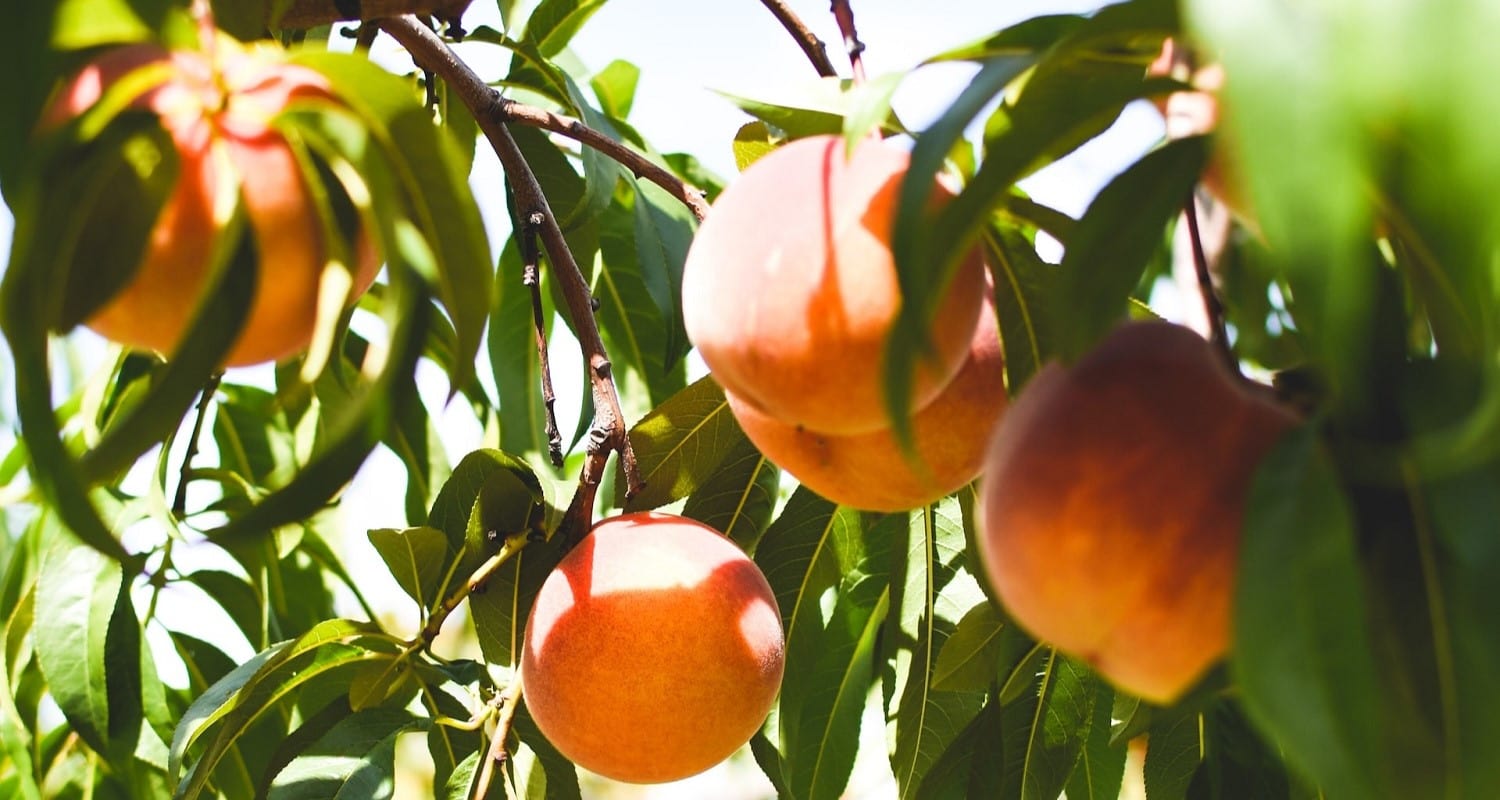
It may come as a surprise to know you can grow peaches in the UK. They’re not the most straightforward trees to care for, but when you taste that first perfect homegrown peach (a world away from shop bought peaches, which are picked before they’re ripe) there’s no doubt that it’s worth the effort! For many years now, UK breeders have been developing peach trees especially for our climate and the results are excellent, with more cold hardiness, better taste and more compact forms. If you like a bit of a challenge, a peach tree can be an eye-catching addition to your garden and the source of some of the best fruit you’ve ever eaten.
We asked our growers which peach varieties are the best for small spaces, colder areas and more, then got some insider tips on how to get the best from them.
Jump to:
- Best for small gardens
- Best for pots
- Most disease resistant
- Best flat peach
- Best tasting
- How to get the most from your peach tree
Best for small gardens: Red Haven
Peach trees on Montclare rootstock grow to a neat 3 x 3m - we think the best of these is Red Haven, which produces a good crop of sweet, yellow-fleshed peaches with an easily removable stone. This naturally well shaped tree also looks fabulous in spring when it’s covered in fragrant pink blossom and in autumn when the leaves turn golden yellow - it’s suitable for containers too.
Best for pots: Madame Blanchett
Ok so this one’s actually a nectarine, but it’s so good that we couldn’t leave it out. Nectarines are only fuzz-free peaches anyway, right? Madame Blanchett is one of our growers’ favourite patio trees, producing a good crop of sweet, juicy white-fleshed fruits in a sheltered, sunny spot. The patio version grows to just 1.5m tall, making it our choice for containers or even growing indoors in a conservatory.
Best for disease resistance: Avalon Pride
You may have heard of the dreaded Peach Leaf Curl, a disease which used to make peach growing a bit of a nightmare before modern breeding programmes kicked in. All of our peach trees have good Leaf Curl resistance, but Avalon Pride positively laughs in its face - as well as having better frost tolerance than most. You’ll get worry-free heavy crops of sweet yellow fleshed peaches early in the season, with clouds of pink blossom in spring.
Best flat peach: Saturne
Flat (or doughnut) peaches are great for kids or people who snack at their desks as they’re easy to eat, less messy and fit in a lunchbox. These subtly sweet, firm white-fleshed fruits are produced late in the season, after an attractive display of pink and white blossom. Saturne trees are vigorous and will produce heavy crops when planted in a sunny position.
Best tasting white peach: Peregrine
White fleshed peaches have a delicate, honey-like taste and Peregrine is widely acknowledged to be the sweetest and best flavoured. It’s a reliable, heavy cropper with excellent mildew resistance, which is available as a 3 x 3m tree or a patio variety that you can grow in a pot. If you prefer a more full flavoured, juicy peach, pick a yellow fleshed variety such as Red Haven or Avalon Pride.
How to get the best from your Peach tree
1. Position
A sunny site is essential for a peach tree, as the fruit won’t ripen without it. The best position is against a sheltered, south-facing wall, in a greenhouse or polytunnel or in a pot which can be moved indoors during the winter, but in more southerly areas it is possible to grow freestanding peach trees. The soil should be well drained and rich in organic matter (dig in plenty of compost or well rotted manure when planting). If you’re growing peaches in containers, repot them every 2-3 years with fresh compost. Peach trees are also suitable for training as fans.
2. Pruning
Peach trees should be pruned in spring as the growth is starting, in order to create an open, goblet-shaped framework with evenly spaced branches that will allow airflow through the tree. First remove any dead, damaged or overcrowded branches, then cut back any older branches that have stopped fruiting to a healthy new shoot. (Peach trees mostly fruit on one year old shoots.) If you get a good crop of peaches forming in spring, you’ll need to thin them out to avoid lots of tiny peaches with not much flavour! Remove fruits that are clustered too closely together as well as any leaves that block the sun from reaching the fruits, and you’ll get a vastly better crop of large, tasty peaches in the summer.
3. Feeding
Once a year in late winter or early spring, give your peach tree a feed with high nitrogen liquid fertiliser, to make sure it has enough nutrients to develop blossom and fruit, as well as resisting pests and diseases. At the same time, apply a mulch of well rotted manure or compost which will keep down weeds and help with water retention.
4. Watering
Your peach tree will need regular watering for the first year until its root system is well established. If your peach tree is planted next to a wall, you’ll need to check it and water regularly even once it’s established, as this warm, sheltered position can lead to dry soil. The same applies to peaches in containers, which will need to be watered every day throughout spring and summer. Avoid overwatering when the fruit is ripening, as this can cause the skin to split.
5. Pollination
Although all of our peach trees are self fertile, they do flower very early in the year when there aren’t a lot of pollinating insects around, so you’ll need to give them a helping hand.
To hand pollinate your tree, get a small paint brush and press the bristles into the centre of each flower, making sure that pollen is transferred between each one. You should do this on a dry, sunny day for several days in a row if possible.
6. Frost protection
Again due to the early flowering, you’ll need to protect your peach trees from frosts in spring. If your tree is growing under cover you’ll be fine, but if there's frost predicted, you’ll need to wrap any outdoor grown trees in horticultural fleece (or bubble wrap) overnight. Keep an eye on the forecast and you’ll be fine.
7. Harvesting
Peach trees can take up to three years to produce a crop, but when they do, they can yield up to 20kg from each tree! The fruits are ready to harvest when they’re fully coloured and the flesh nearest the stalk feels soft. To pick your peaches, hold them gently in the palm of your hand and lift - they should come away from the tree with no resistance. Each one will ripen at a different time, so check the tree regularly. Peaches are best eaten straight after picking - if you have a good crop they can be preserved by bottling, drying or jamming.Last updated: 13/11/2023



